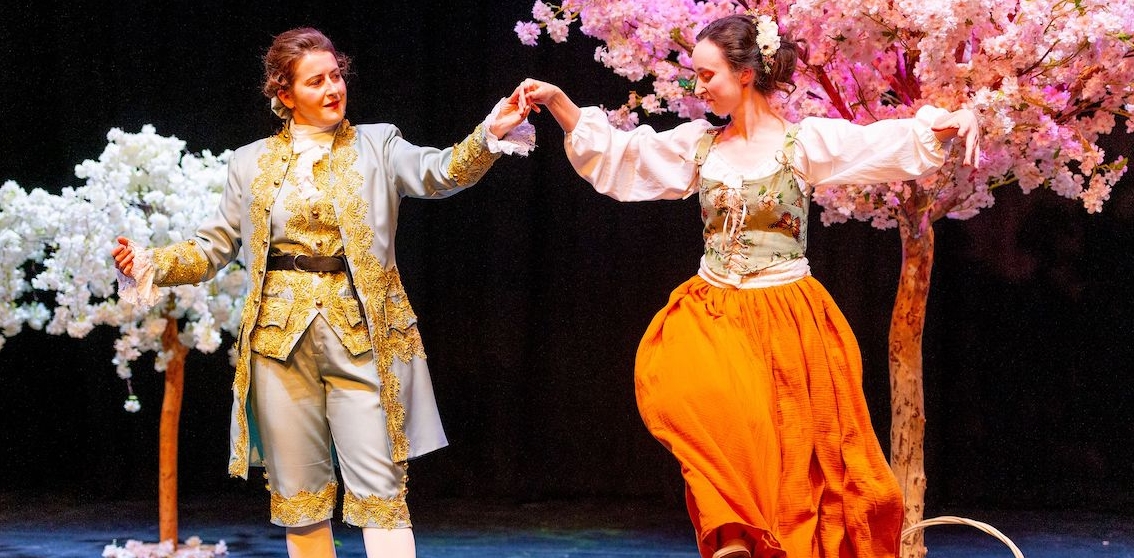First performed in London in 1733, Orlando is an opera seria based on part of
Ariosto’s ballad, Orlando Furioso. Handel had already established himself as the
foremost figure in English opera and, by this time, he had written many fine operas
for his London companies. For Orlando, he managed to attract the great castrato,
Senesino, to sing the leading role. The other heroic male role was also written for the
contralto voice, though it was originally sung by a woman. This means that four of
the five characters sing in the higher tonal register – only the bass, Zoroastro, is
sung in a lower register. This, in itself, provides some challenges for any revival of
this intriguing piece.
The five singers of the Liberata Collective bring a novel approach to the task of
revitalising this 300 year old work. Their inspiration is based on painstaking research
into Baroque Gesture – which covers various aspects of performance, including
stage positioning and the physical style of eighteenth century singers, particularly the
‘vocabulary’ of hand gestures they used. This leads to an almost balletic visual style
which – for a modern audience – takes a while to adjust to. Once the strangeness has
become “normal”, the style is charming, though on occasions it all looks
uncomfortably close to the parodies of “grand opera” in modern comic cliché.
Orlando, a general in Charlemagne’s army, loves the pagan queen, Angelica. She in
turn loves Medoro, but he has another admirer, the shepherdess, Dorinda. Orlando
is driven to despair by his fears of betrayal and humiliation and the plot centres
around the conflict between the four lovers. Orlando is driven mad and is only
prevented from killing Angelica by the intervention of the mysterious magician,
Zoroastro, who averts a tragedy and restores Orlando to sanity.
And all this is perhaps little more than window dressing if the singing is not of the
highest standard. The role of Orlando, originally sung by a castrato, was sung by
Christian Joel who is a high tenor – his voice is not ideally suited to the counter-tenor
range needed here and, despite his admirable commitment to the Baroque Gesture style, especially in his mad scenes, his performance was not entirely successful.
Mezzo Joanna Harries as Medoro was more convincing as the unfortunate rival to
the mad Orlando – she made the most of her music expressing her love for Angelica
despite the rivalry of Orlando. Olivia Doutney as Angelica and Susanna MacRae as
Dorinda seemed entirely at ease with both the music and the style of the production.
Jolyon Loy as Zorosastro provided just the right mixture of warm bass voice and
mysterious persona that the role requires, though I kept wondering quite how his
magical appearances would have been managed in the original production in 1733.
The danger of concentrating on one aspect of “going back to the original” is that
other aspects come into play – in 1733, the magnificent scenery and stage effects
would have been a crucial part of the audience experience.
The Ensemble Hesperi, directed by Adrian Butterfield on violin, was unobtrusively
excellent and the period instruments added to the authenticity of the performance.
Orlando was a treat for those in the audience with a love for Handel’s music.
Whether it will have convinced newcomers to Handel’s operas, and to opera seria in
general, I have my doubts.

